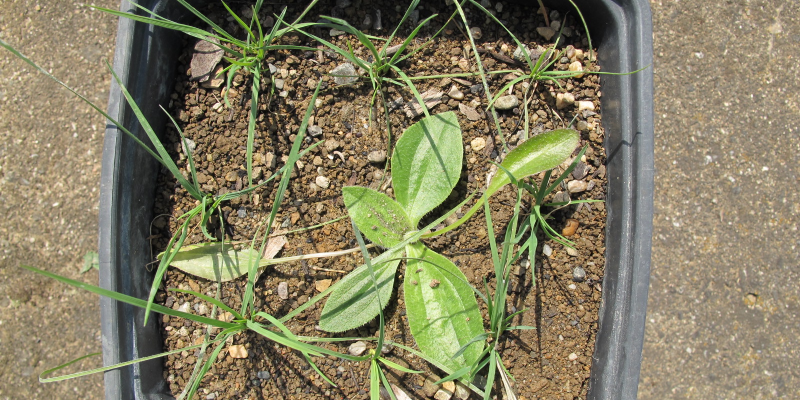
Exploring plant species coexistence within the modern coexistence theory framework
An increasing attention has been paid to modern coexistence theory (MCT; Chesson 2000. AREES 31: 343–366) as a framework for predicting plant species coexistence. Under the MCT framework, whether competing species can stably coexist depends on two types of differences, fitness differences and niche differences. Fitness differences are differences between species in their population growth rate in the absence of competition and in sensitivity to conspecific and heterospecific competitors. A species with greater fitness will outcompete another unless there are large niche differences between them. Niche differences quantify how different the resource requirements of competing species are and are manifested by the degree that species limit themselves relative to the degree that they limit their competitors. We have started to use the MCT to find out whether local species loss from the communities following environmental changes or biological invasions are due to increased fitness differences or rather due to reduced niche differences between interacting species.
Fitness and niche differences are both important in explaining responses of plant diversity to nutrient addition
Plant species loss due to eutrophication is a common phenomenon in temperate perennial grasslands. It is usually explained by increased competitive size asymmetry between the winner (tall plants from productive habitats) and loser species (small plants from unproductive sites). We used the framework of modern coexistence theory to explore fertilization-driven changes in fitness and niche differences between different combinations of field-identified winner and loser species. We found that nutrient addition can reduce but also promote species coexistence depending on the type of species pairs. Whereas nutrient addition eroded the coexistence of losers with winners, but also with other losers, it promoted the persistence of winner species. Fertilization induced large fitness differences between species in loser–winner and loser–loser combinations, but had no effect on the differences of the winner–winner combination. In addition, the persistence of winner pairs was promoted by larger niche differences compared to loser species. These results suggest that the effect of eutrophication on plant species richness cannot simply be explained by an increased competitive asymmetry (Dostál 2023).
Dostál, P. (2023) Fitness and niche differences are both important in explaining responses of plant diversity to nutrient addition. Ecology 104(8): e4125.

